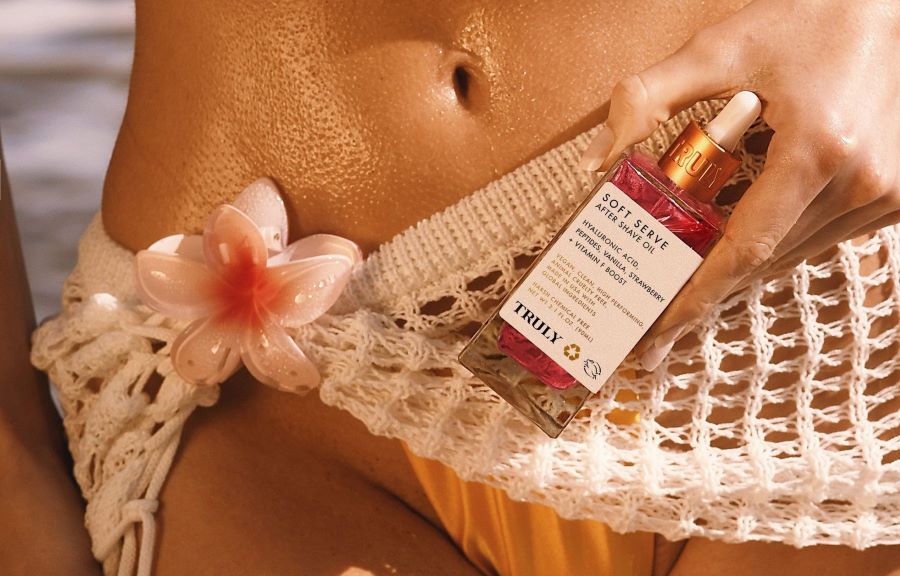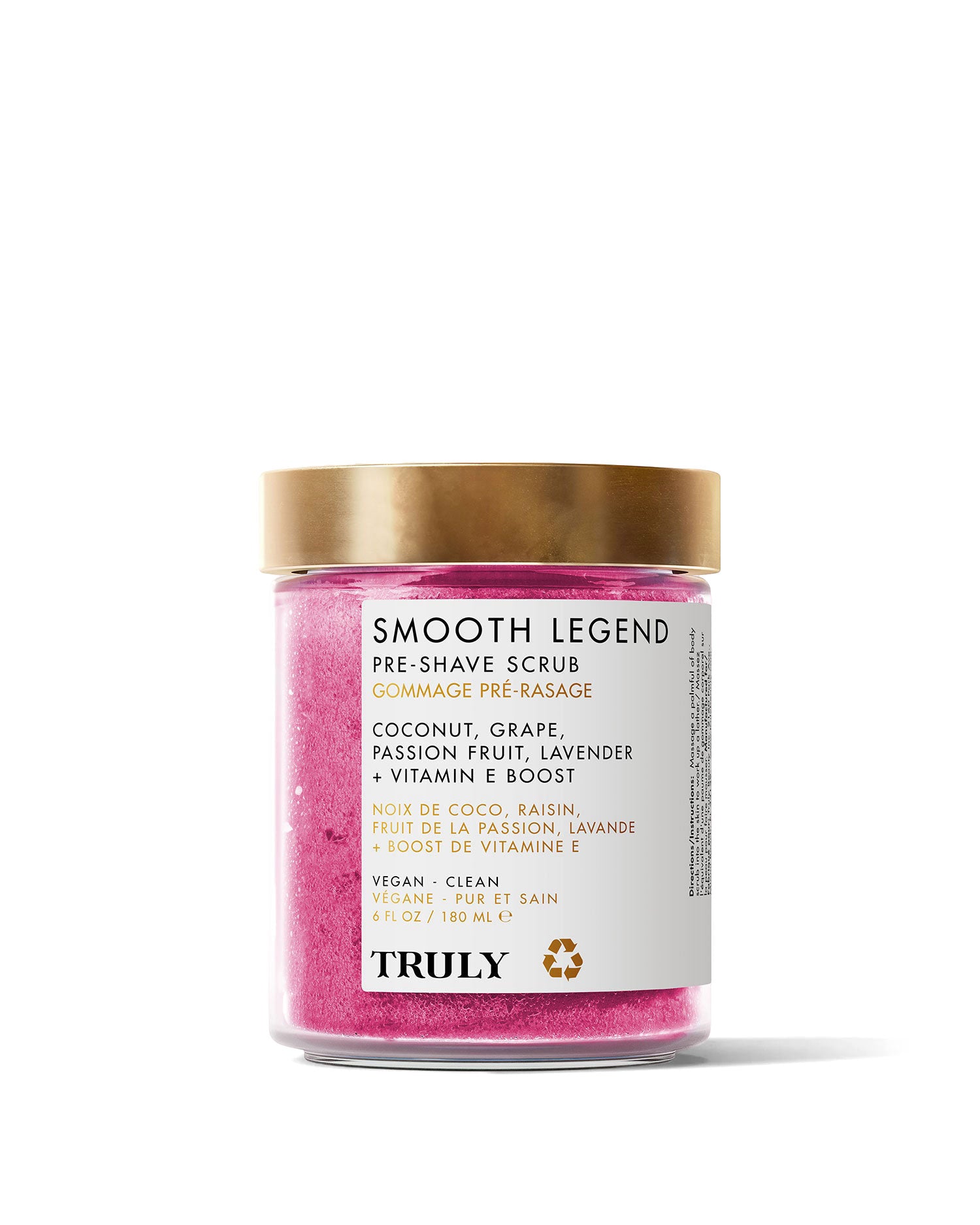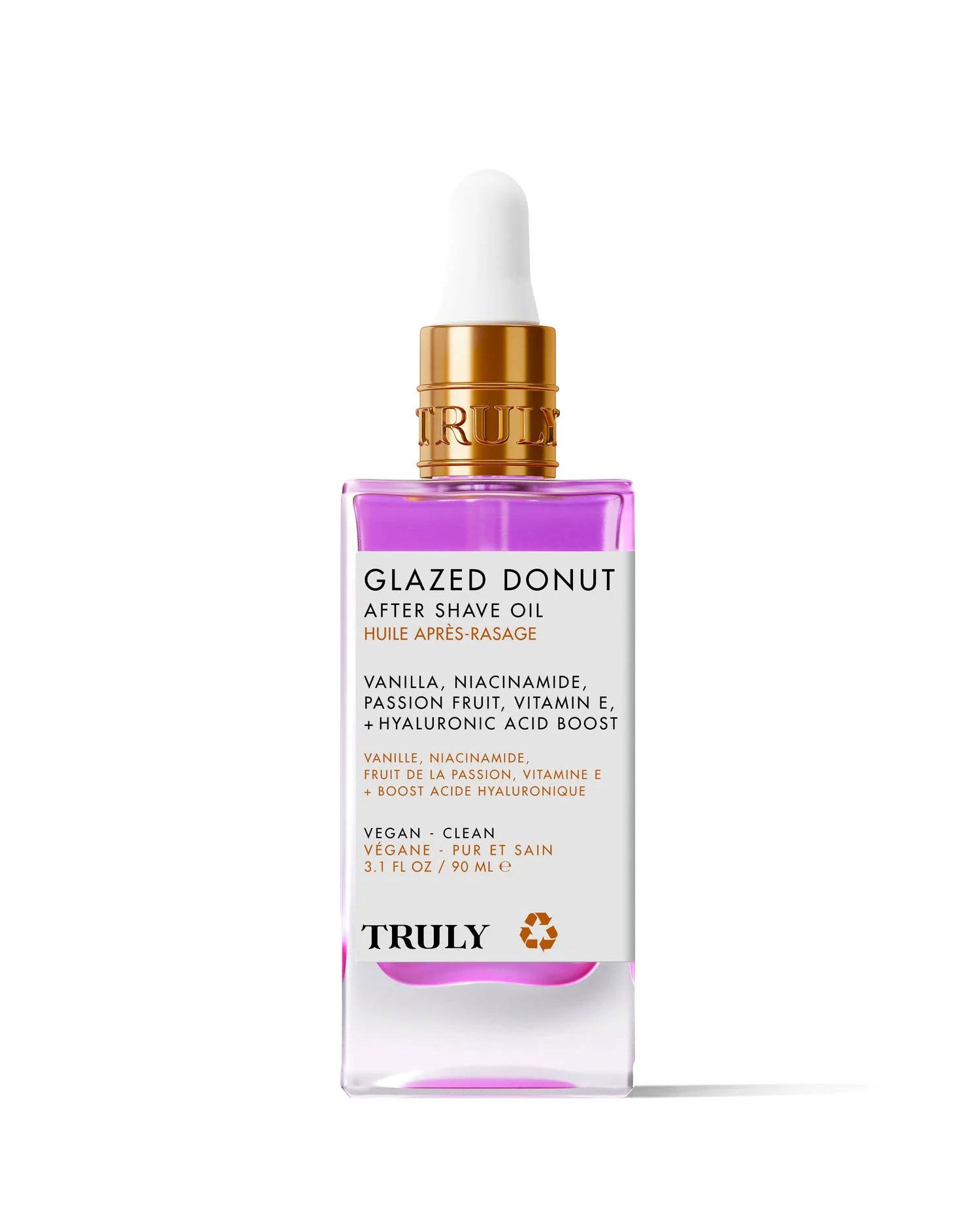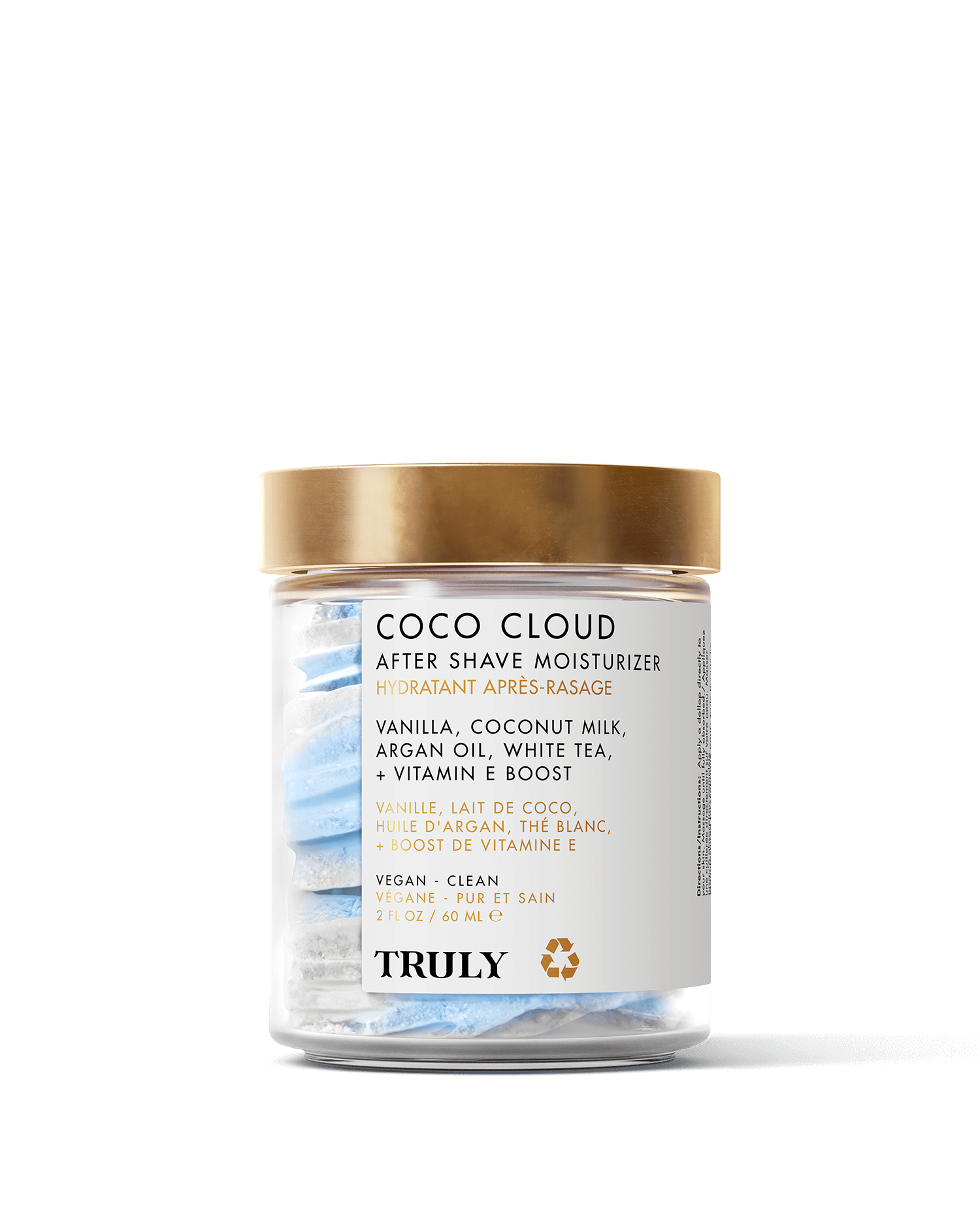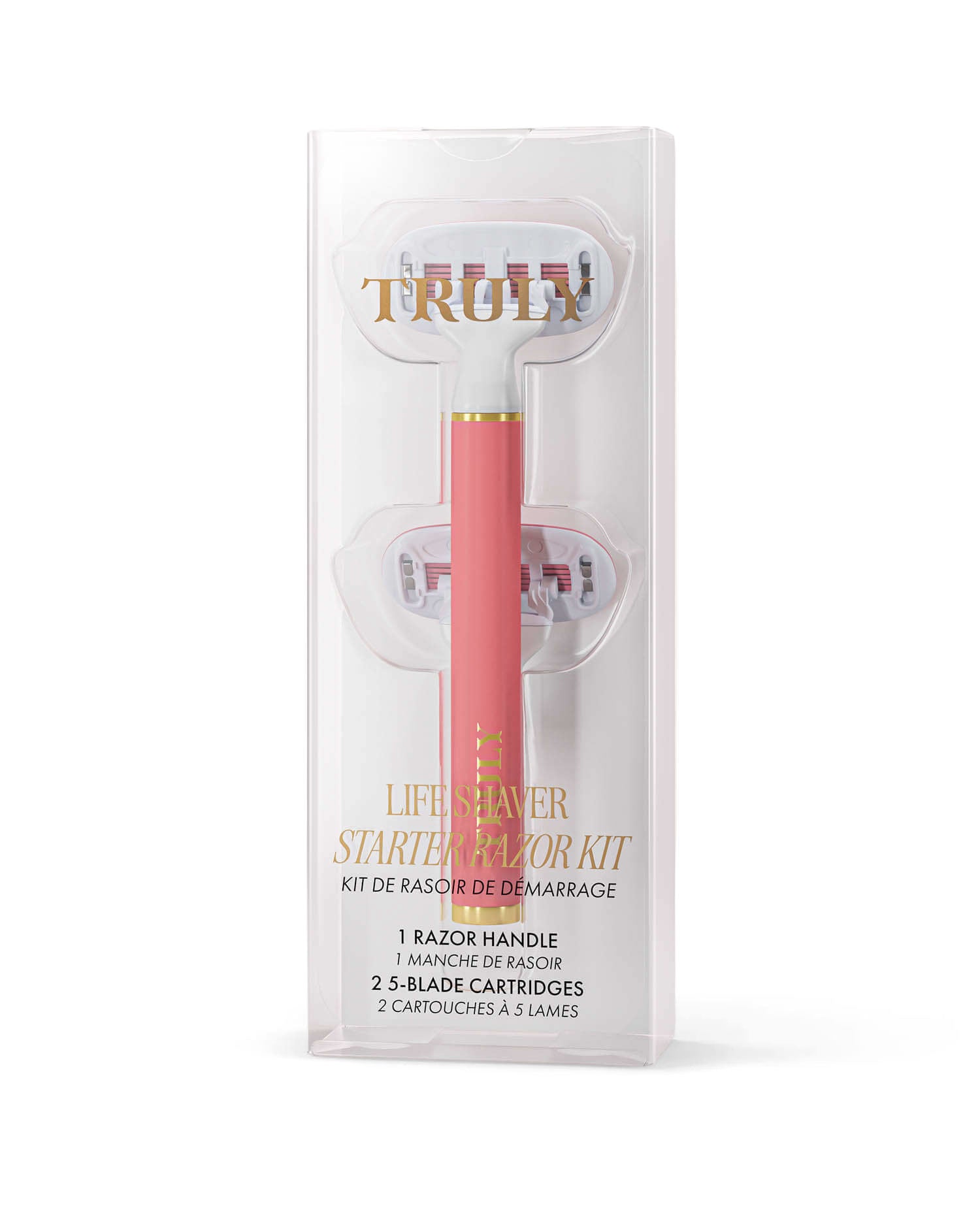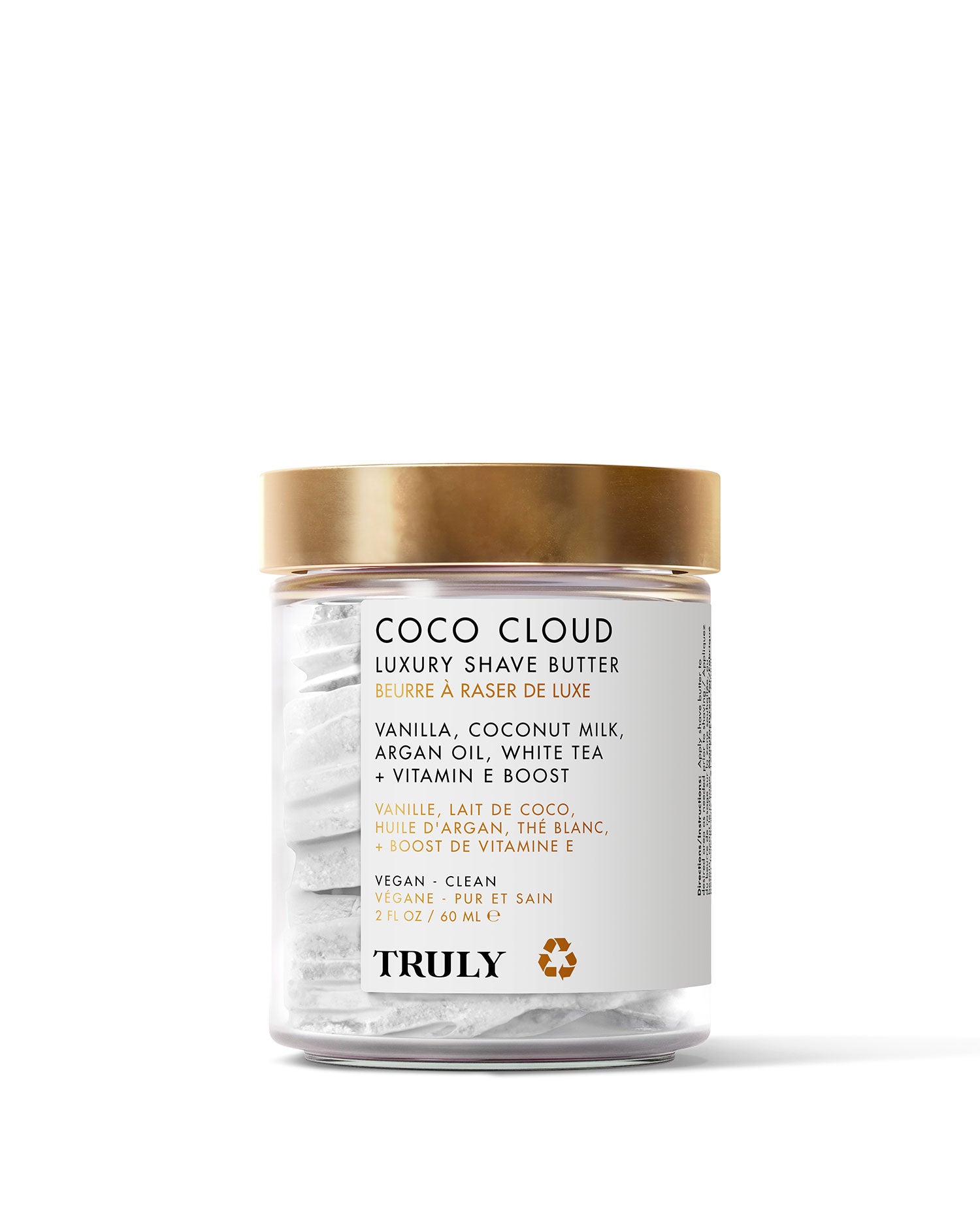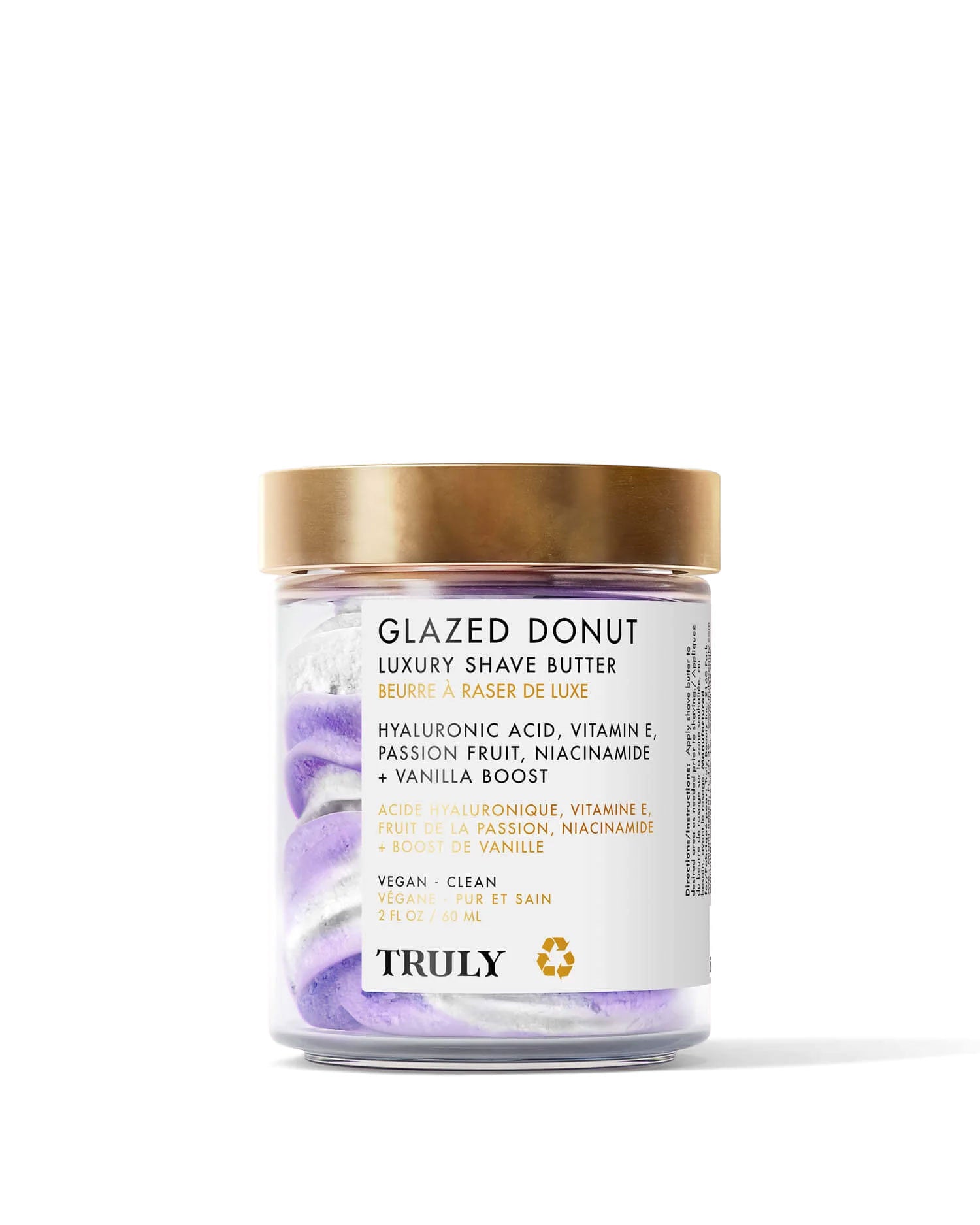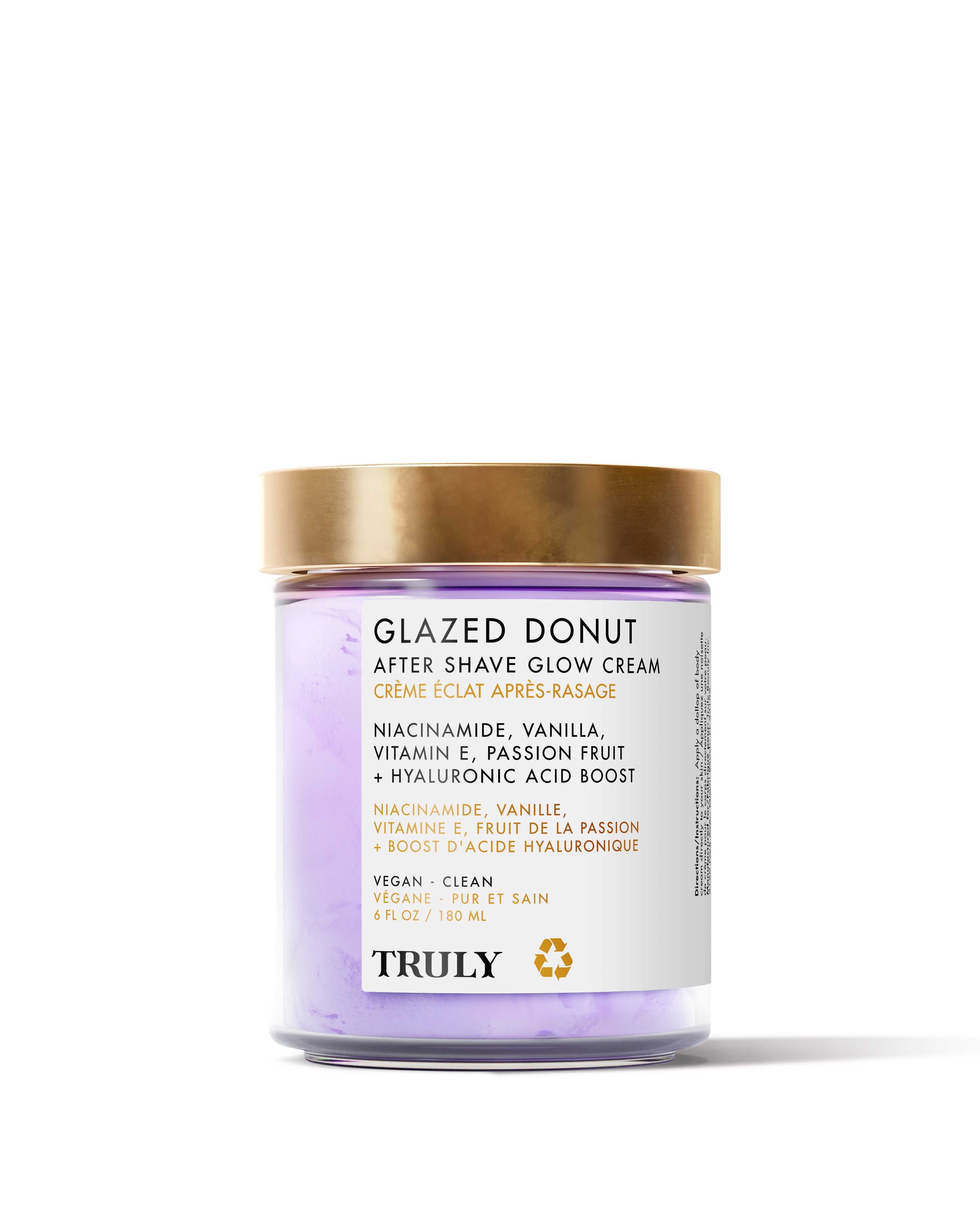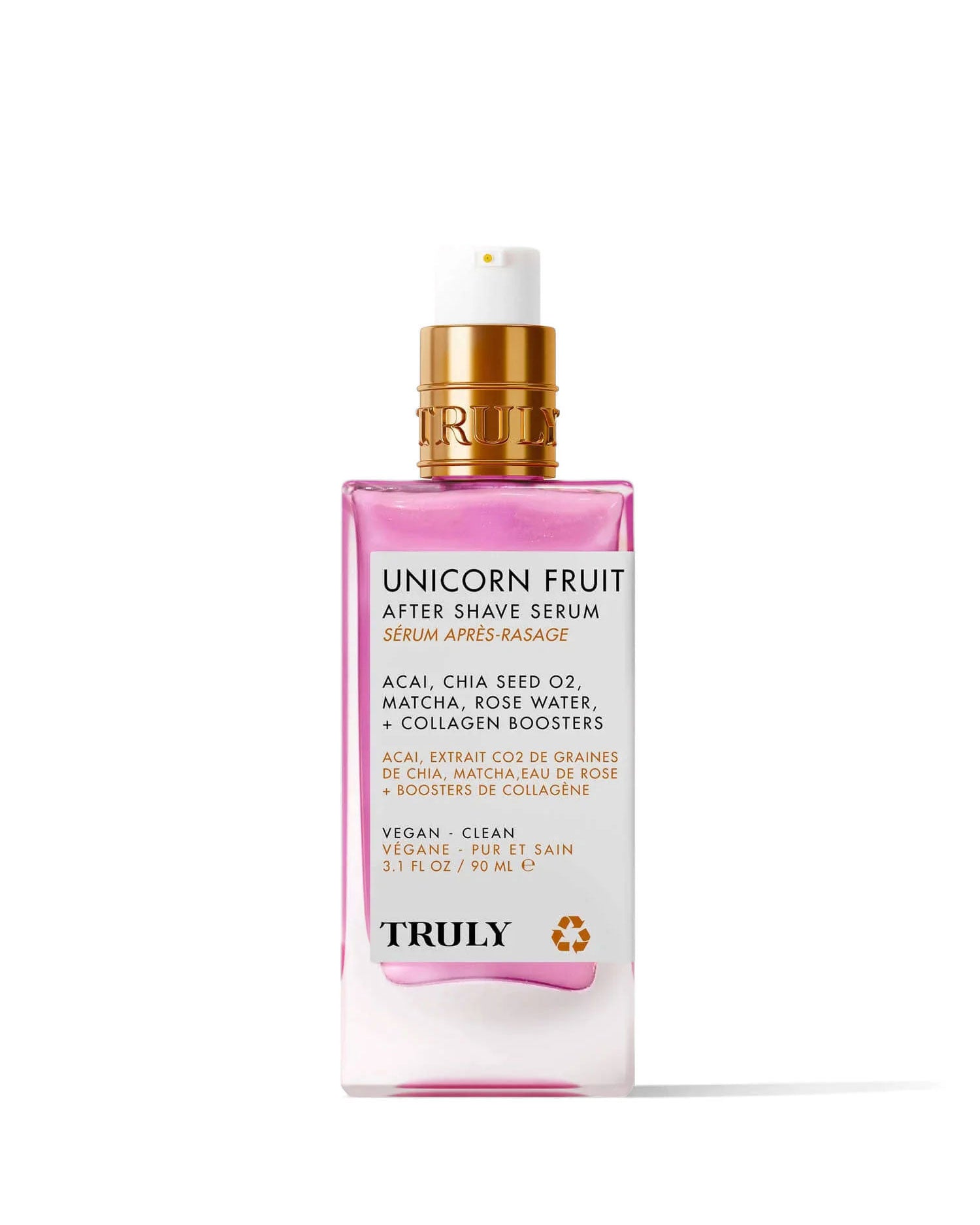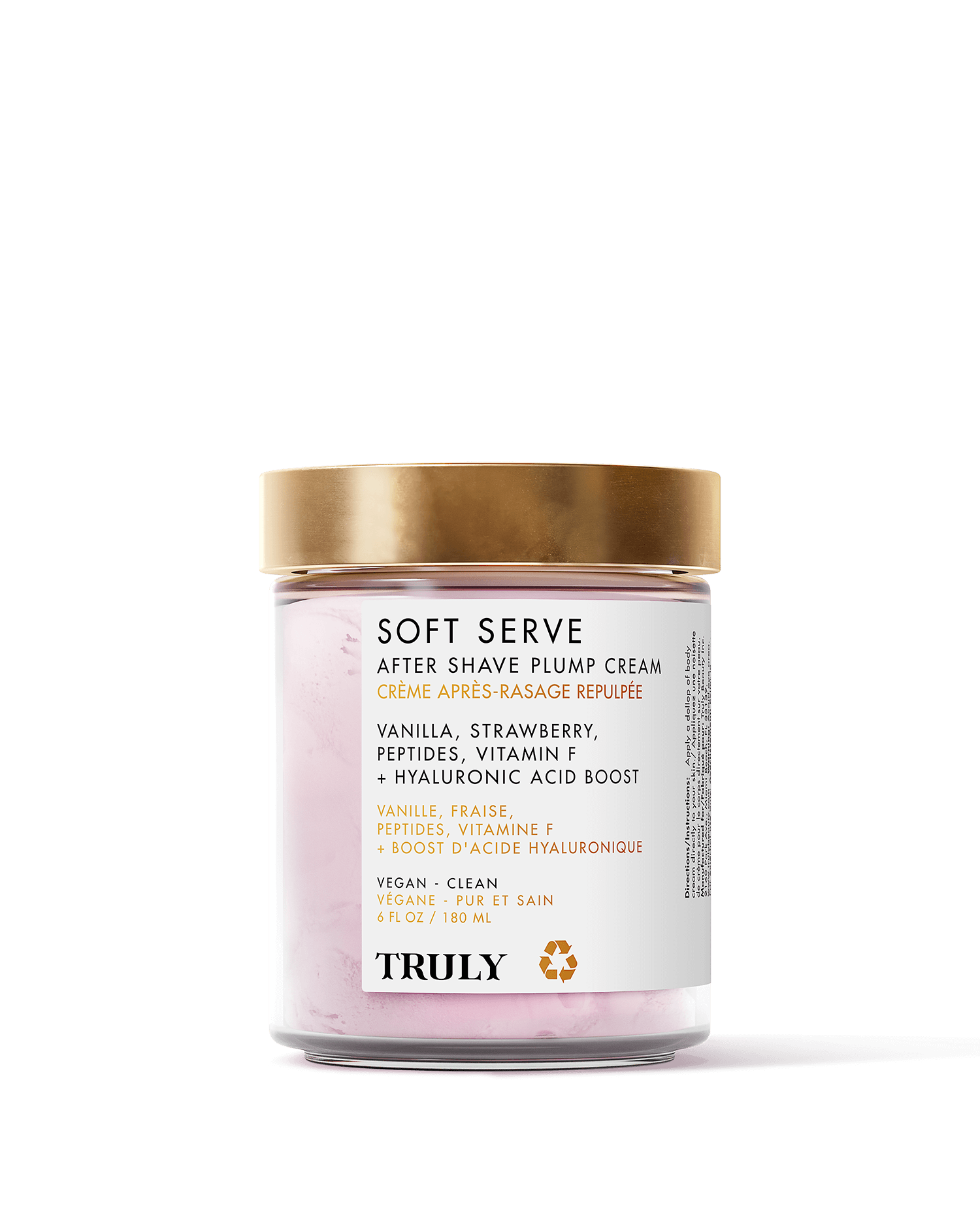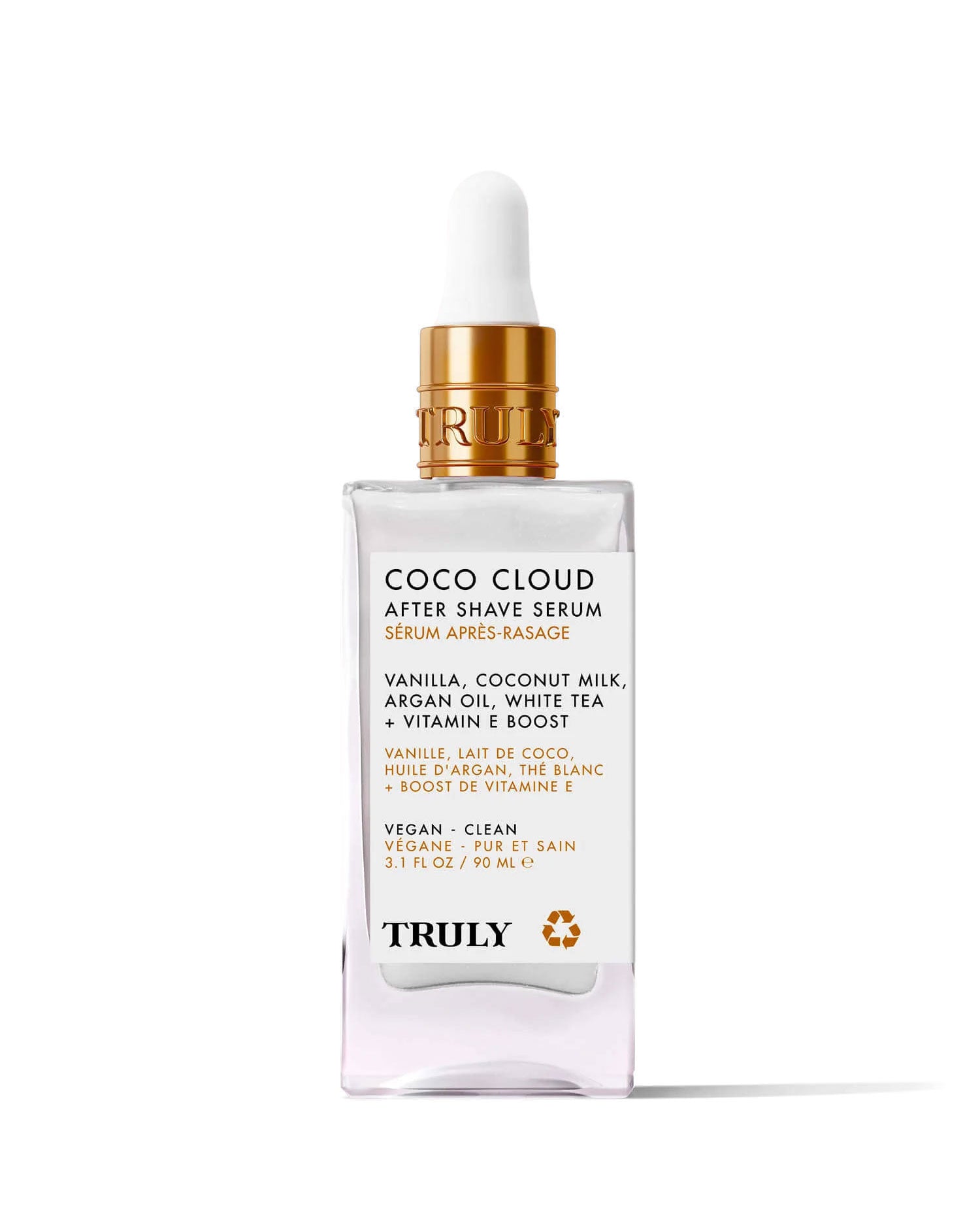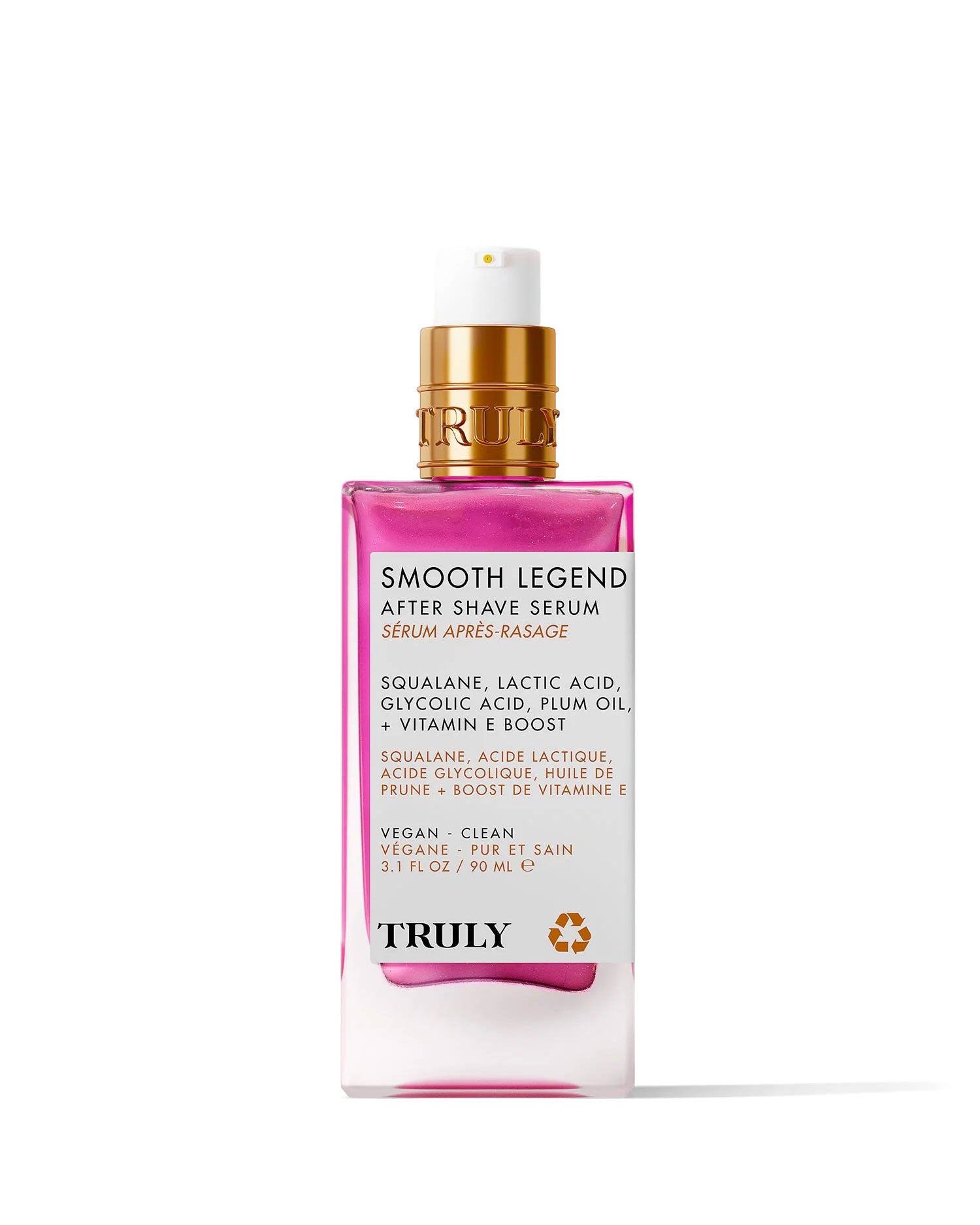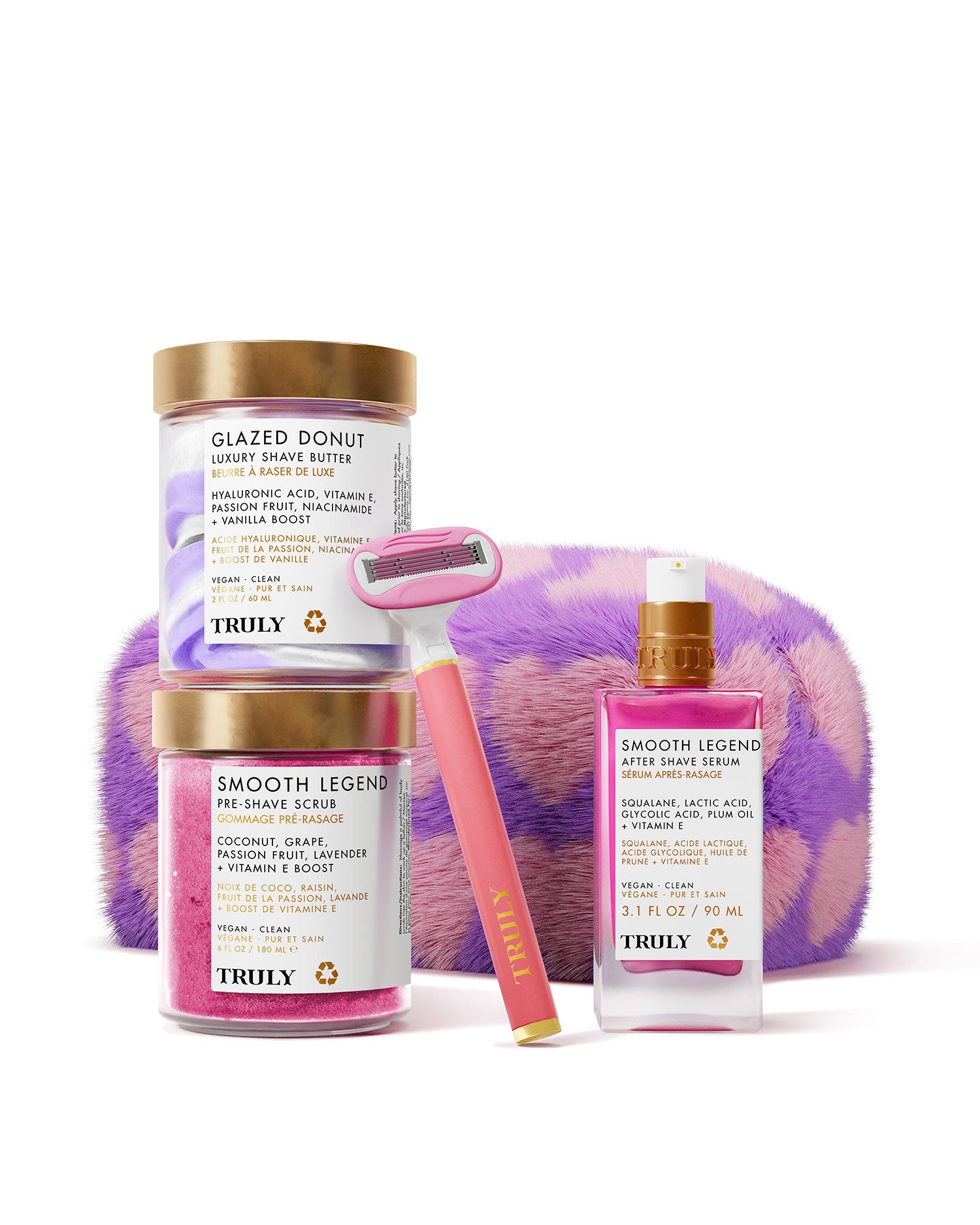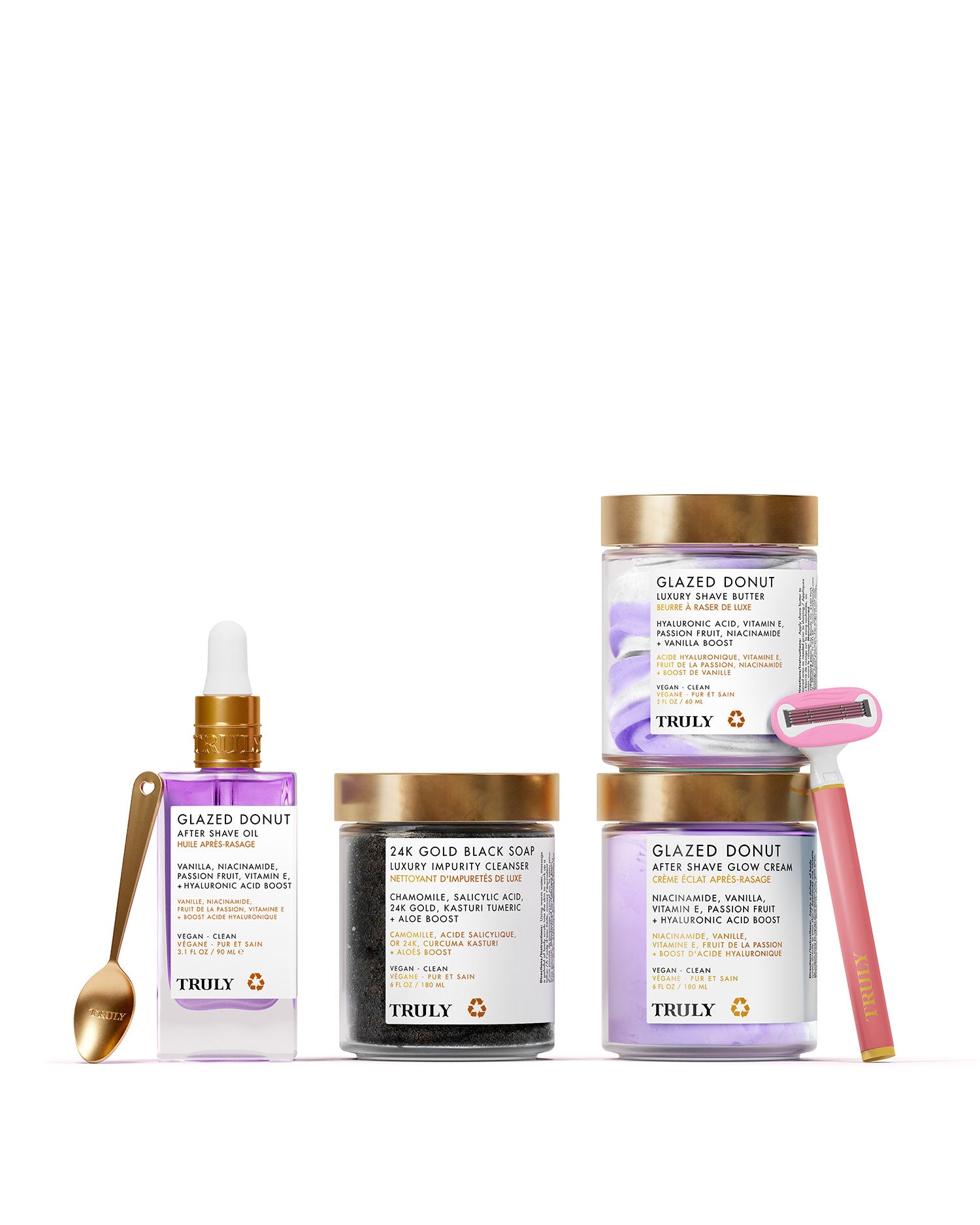How to Prevent Ingrown Hairs After Shaving
January 02, 2023
By: Lauren Sindel
Finish your shave feeling fresh and silky with our guide on how to prevent ingrown hairs after shaving.
If your shaving routine often ends with red bumps, stinging irritation, or painful pimples, you’re not alone, and you’re probably wondering how to not get ingrown hairs after shaving once and for all.
The good news? With the right techniques, tools, and products, you can say bye bye to those pesky razor bumps. Ahead, how to avoid ingrown hairs after shaving for the super smooth, ultra-close shave of your dreams.
Your Go-To Treatment Options for Ingrowns
What Are Ingrown Hairs?
Ingrown hairs happen when a hair grows back into the surface of the skin instead of up and out. The result? Red bumps, skin irritation, or even pus-filled spots that resemble a pimple. If left untreated, they can cause discomfort or lead to skin discoloration and scarring. Ingrown hairs can occur on the face, armpits, bikini line, and legs—basically anywhere you shave.
What Causes Ingrown Hairs After Shaving?

Ingrown hairs are a common side effect of hair removal methods such as shaving, waxing, and tweezing.
According to the American Academy of Dermatology (AAD), an ingrown hair begins growing in the hair follicle but curls inward and gets trapped back under the skin's surface. This often happens if you have thick, curly hair or if dead skin cells clog up your hair follicle, which can happen due to lack of exfoliation.
Ingrowns also often happen due to poor shaving techniques. If you’re shaving with a dull razor, gliding over the same area again and again, or skipping shaving cream, these could all be reasons why you’re getting ingrown hairs after shaving.
In a nutshell, several things can trigger ingrown hairs:
• Dry shaving without a lubricating product like shaving gel, cream, or butter
• Using a dull razor
• Shaving against the grain
• Skipping exfoliation
• Clogged hair follicles due to dead skin or product buildup
How to Prevent Ingrown Hairs After Shaving
Here’s your step-by-step guide to preventing ingrown hairs after shaving and achieving that ultra-smooth, bump-free finish.
1. Exfoliate
Start your shave with a steamy shower—the warm water softens your skin and hair, opening up your pores and making the shave smoother. Exfoliating is key, so use a body scrub to slough off dead skin cells that can clog hair follicles and lead to ingrown hairs. Massage in circular motions to avoid irritation. This step helps prevent bumps and ensures a closer, irritation-free shave.
Choose Your Pre-Shave Scrub
2. Choose the Right Shaving Tools
To minimize the risk of ingrown hairs, always use a sharp razor. A dull blade can cut hair unevenly, increasing the chance of it growing back into the skin. Additionally, remember to replace your razor blade regularly to ensure a clean, precise shave every single time.
For an even smoother shave, choose a razor with five blades, which gives you a closer shave without irritating the skin. Plus, look for razors with aloe-infused gel bars, as they hydrate and soothe your skin during the shave, preventing ingrown hairs after shaving.
Get This Award-Winning Razor
3. Use Proper Shaving Techniques
If you’re getting ingrowns after shaving, you probably need to work on your shaving techniques. Most people keep on making the same old shaving mistakes again and again. Let’s change that today!
To ensure a smooth, irritation-free shave, always apply a lubricating shaving butter or cream. We prefer shave butter because it’s 10x more hydrating and protective against bumps and burns. Let it sit on the skin for a few minutes to soften the hair and reduce friction.
Always shave in the direction of hair growth to minimize the risk of ingrown hairs. Shaving against the grain can cause hair to grow back into the skin. Avoid stretching the skin while shaving—keeping it relaxed ensures the hair is cut evenly without increasing the risk of ingrown hairs.
Lastly, rinse your razor after each stroke to remove hair and shaving cream buildup, ensuring a smoother glide.
Choose Your Shave Butter
4. Post-Shave Care
After shaving, rinse your skin with cool water to help close the pores and soothe inflammation. Follow with a hydrating aftershave oil, serum, or calming lotion infused with ingredients like aloe vera, vitamin E, and argan oil to hydrate and protect the skin.
To keep your skin healthy and prevent trapped hairs, moisturize daily—especially if you have dry skin or sensitive skin—even on days you’re not shaving.
Choose Your After Shave Products
How to Treat Ingrown Hairs After Shaving

Still dealing with bumps? Here’s what to do if you spot one.
Apply a Warm Compress
A warm compress softens skin and encourages the trapped hair to work its way out. Just soak a washcloth in hot water and press it onto the affected area for 5–10 minutes.
Try an Ingrown Hair Treatment
Look for products made with antibacterial and anti-inflammatory ingredients like tea tree, salicylic acid, or witch hazel. They help reduce redness, calm swelling, and kill bacteria to prevent further irritation.
Exfoliate Daily
Daily exfoliation helps remove the top layer of skin that may be trapping the hair. Use a gentle scrub or chemical exfoliant containing glycolic or lactic acid. This works especially well for ingrowns in the pubic area.
Don’t Pick or Tweeze
Tempting as it is, avoid trying to extract an ingrown hair with tweezers. This can lead to infection or permanent scarring. If it becomes painful or infected, consult a dermatologist—they may prescribe a steroid cream or antibiotic.
Consider Laser Hair Removal
If you’re constantly battling ingrowns, especially in areas like the neck, bikini line, or facial hair, laser hair removal may be worth considering. It destroys the hair follicle, reducing future growth and the risk of ingrowns.
Best Ingrown Hair Treatments 2025
Grab these high-performance, cult-fave ingrown treatments that smell as good scrumptious and feel as luxurious as they look.
Frequently Asked Questions (FAQs)
Still got questions about how to prevent ingrown hairs after shaving? We’ve got answers for you.
1. What Causes Ingrown Hairs After Shaving?
Ingrown hairs occur when hair grows back into the skin instead of rising up from it. Shaving too closely, using a dull razor, or shaving against the direction of hair growth can increase your risk. Dead skin cells blocking hair follicles also contribute to the problem.
2. How Can I Tell if I Have an Ingrown Hair?
Ingrown hairs typically appear as small, raised red bumps, often with a visible hair trapped beneath the skin. They can sometimes become painful, inflamed, or pus-filled, resembling pimples.
3. Is it Okay to Pluck Ingrown Hairs?
No, dermatologists recommend avoiding picking, plucking, or squeezing ingrown hairs. Doing so can lead to infection, scarring, or worsen the inflammation. Use warm compresses and gentle exfoliation instead to encourage the hair to surface naturally.
4. What Products Help Prevent Ingrown Hairs?
Look for products with ingredients like salicylic acid, glycolic acid, tea tree oil, and witch hazel. These ingredients help exfoliate dead skin cells, reduce inflammation, and kill bacteria. Using a good post-shave serum or exfoliating treatment a few times per week can make a big difference.
5. Should I Exfoliate Before or After Shaving?
You should exfoliate before shaving to remove dead skin cells and clear the path for a smoother shave. This reduces the chance of hairs getting trapped under the skin and forming ingrown hairs.
6. Does Shaving Against the Grain Cause Ingrown Hairs?
Yes. Shaving against the direction of hair growth can cut the hair too short or at an angle that encourages it to curl back into the skin. Always shave in the direction your hair naturally grows to help prevent irritation and ingrowns.
7. How Often Should I Shave to Avoid Ingrown Hairs?
This varies by skin type and hair growth. For many people, shaving every 2–3 days gives the skin enough time to recover and reduces irritation. Shaving too frequently can increase your risk of razor burn and ingrown hairs.
8. Are Some People More Prone to Ingrown Hairs?
Yes. People with curly, coarse hair or sensitive skin are more prone to developing ingrown hairs. Hormonal changes and certain hair removal methods may also increase susceptibility.
9. Can I Use Retinol to Treat or Prevent Ingrown Hairs After Shaving?
Retinol can help by encouraging cell turnover and preventing clogged pores, which reduces the chances of ingrown hairs forming. However, it may increase skin sensitivity, so use it cautiously around freshly shaved areas and always apply sunscreen if used on exposed skin.
10. What’s the Best Razor for Preventing Ingrown hairs?
Five-blade razors are ideal for preventing ingrown hairs after shaving. They ensure a smooth, close shave and pick up more hair than single-blade razors, preventing repeat strokes which can contribute to redness, irritation, and ingrowns.
How to prevent ingrown hairs after shaving comes down to smart prep, good tools, and gentle aftercare. At Truly Beauty, we pioneer in high performance shaving products and tools to ensure you always get the silky smooth shave of your dreams.
Need help finding your perfect shave routine? Take our Truly Quiz and we’ll match you with personalized shaving products in seconds. You’re going to love what we have in store for you!
In this article
-
How to Prevent Ingrown Hairs After Shaving
-
Your Go-To Treatment Options for Ingrowns
-
What Are Ingrown Hairs?
-
What Causes Ingrown Hairs After Shaving?
-
How to Prevent Ingrown Hairs After Shaving
-
How to Treat Ingrown Hairs After Shaving
-
Best Ingrown Hair Treatments 2025
-
Frequently Asked Questions (FAQs)
-
What Causes Ingrown Hairs After Shaving?
-
How Can I Tell if I Have an Ingrown Hair?
-
Is it Okay to Pluck Ingrown Hairs?
-
What Products Help Prevent Ingrown Hairs?
-
Should I Exfoliate Before or After Shaving?
-
Does Shaving Against the Grain Cause Ingrown Hairs?
-
How Often Should I Shave to Avoid Ingrown Hairs?
-
Are Some People More Prone to Ingrown Hairs?
-
Can I Use Retinol to Treat or Prevent Ingrown Hairs After Shaving?
-
. What’s the Best Razor for Preventing Ingrown hairs?
-
What Causes Ingrown Hairs After Shaving?






